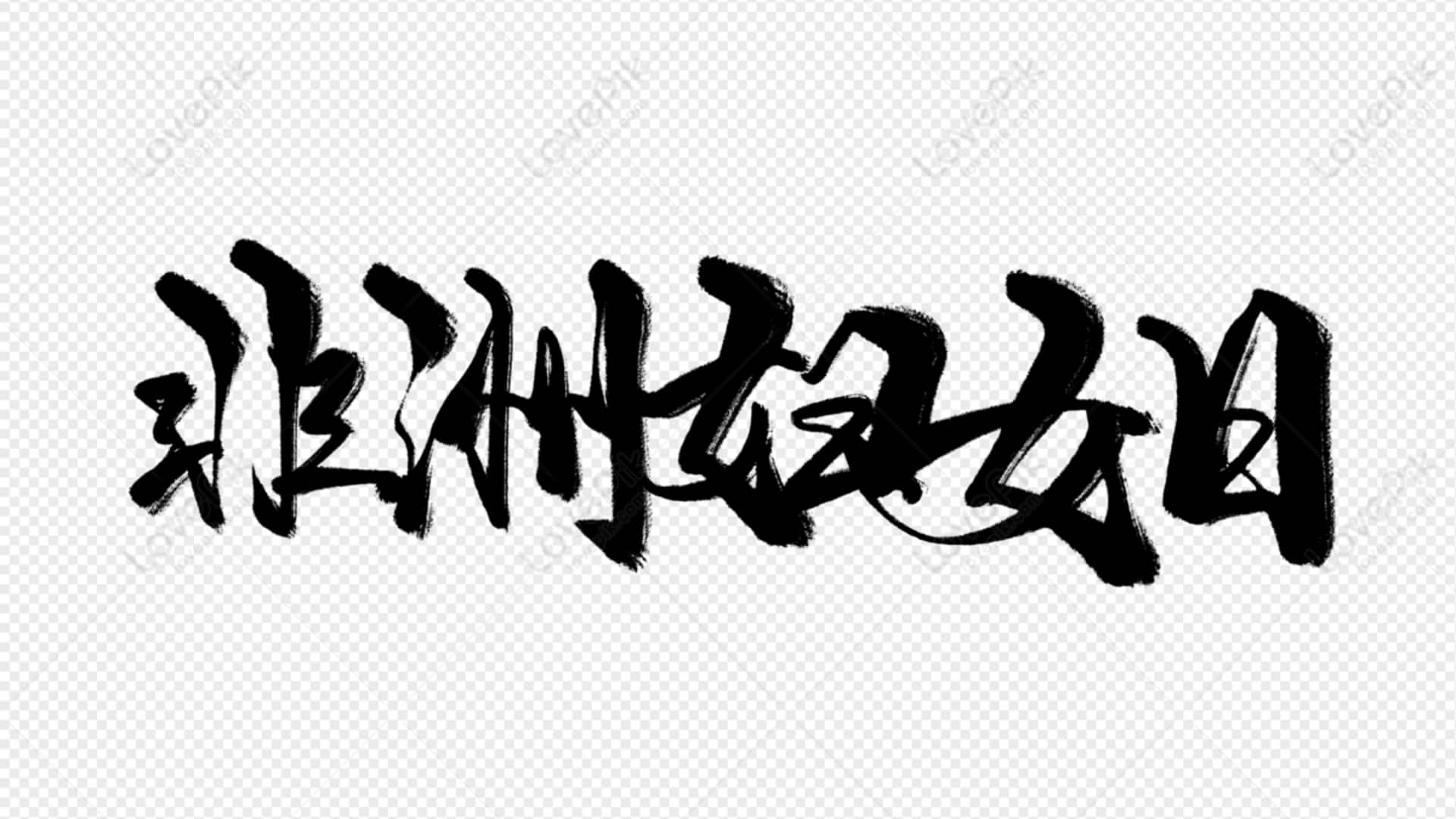
The grace of African calligraphy forms
What's the story
African calligraphy, the beautiful art of giving form to the written word, holds a special place in the continent's rich tapestry of visual expression.
This article delves into the world of African calligraphy, uncovering its historical foundations and celebrating its vibrant contemporary manifestations.
It is a testament to the power of tradition and its ability to inspire and shape the present.
Roots
Historical significance of African calligraphy
African calligraphy boasts a rich history, spanning back to ancient civilizations such as Egypt.
It wasn't just about pretty pictures; it was a vital lifeline for communication and cultural preservation.
Scripts like Ge'ez from Ethiopia and Nsibidi from Nigeria are testament to calligraphy's pivotal role in recording history and knowledge.
Modern masters
Contemporary African calligraphers
Today's African calligraphers are redefining the art form, merging traditional techniques with modern themes to create works that resonate on a global scale.
Artists like Ghana's Wiz Kudowor utilize calligraphy to explore and express contemporary realities, all while preserving a deep-rooted connection to their cultural heritage.
Their work highlights the dynamism, evolution, and continued relevance of African calligraphy in the modern world.
Craftsmanship
Techniques and tools in African calligraphy
The techniques and tools used in African calligraphy differ between cultures.
Traditional methods employ handmade brushes, reeds, and natural pigments.
Modern artists may blend these with contemporary materials, exhibiting a unique fusion of tradition and innovation.
This not only emphasizes the art form's evolution but also pays homage to its rich history. It captures the vibrant spirit of African art through the amalgamation of past and present practices.
Education
Learning African calligraphy forms
For those interested in learning African calligraphy, there are plenty of resources available online and in person.
Cultural centers around the world often offer workshops taught by experienced artists.
These teachers do more than just show you the ropes - they make sure you understand the history and cultural significance behind each script.
That way, you're not just learning an art form, you're connecting with the heart of African calligraphy.